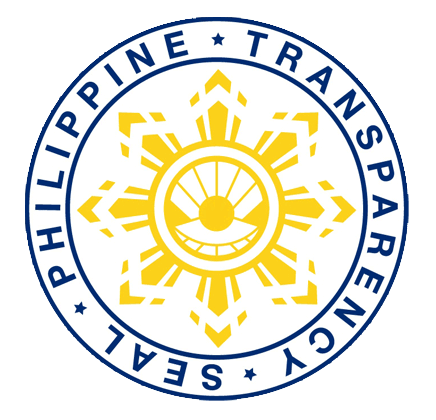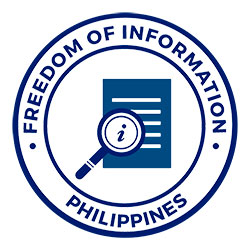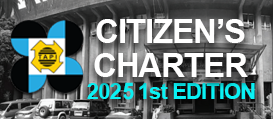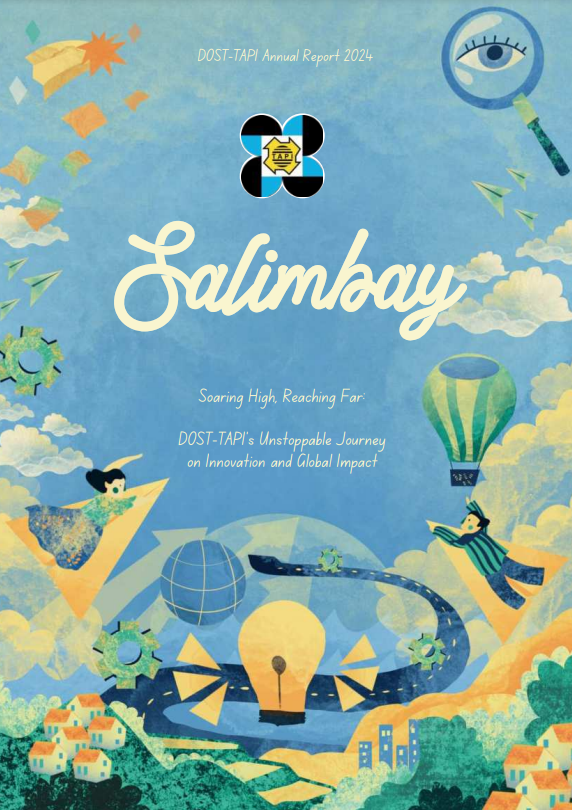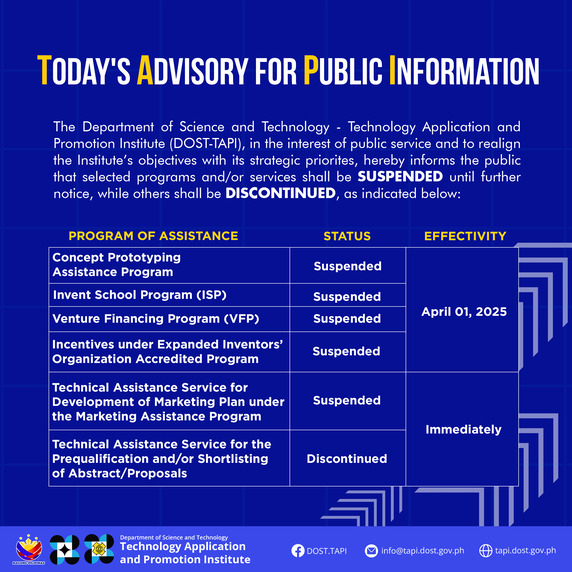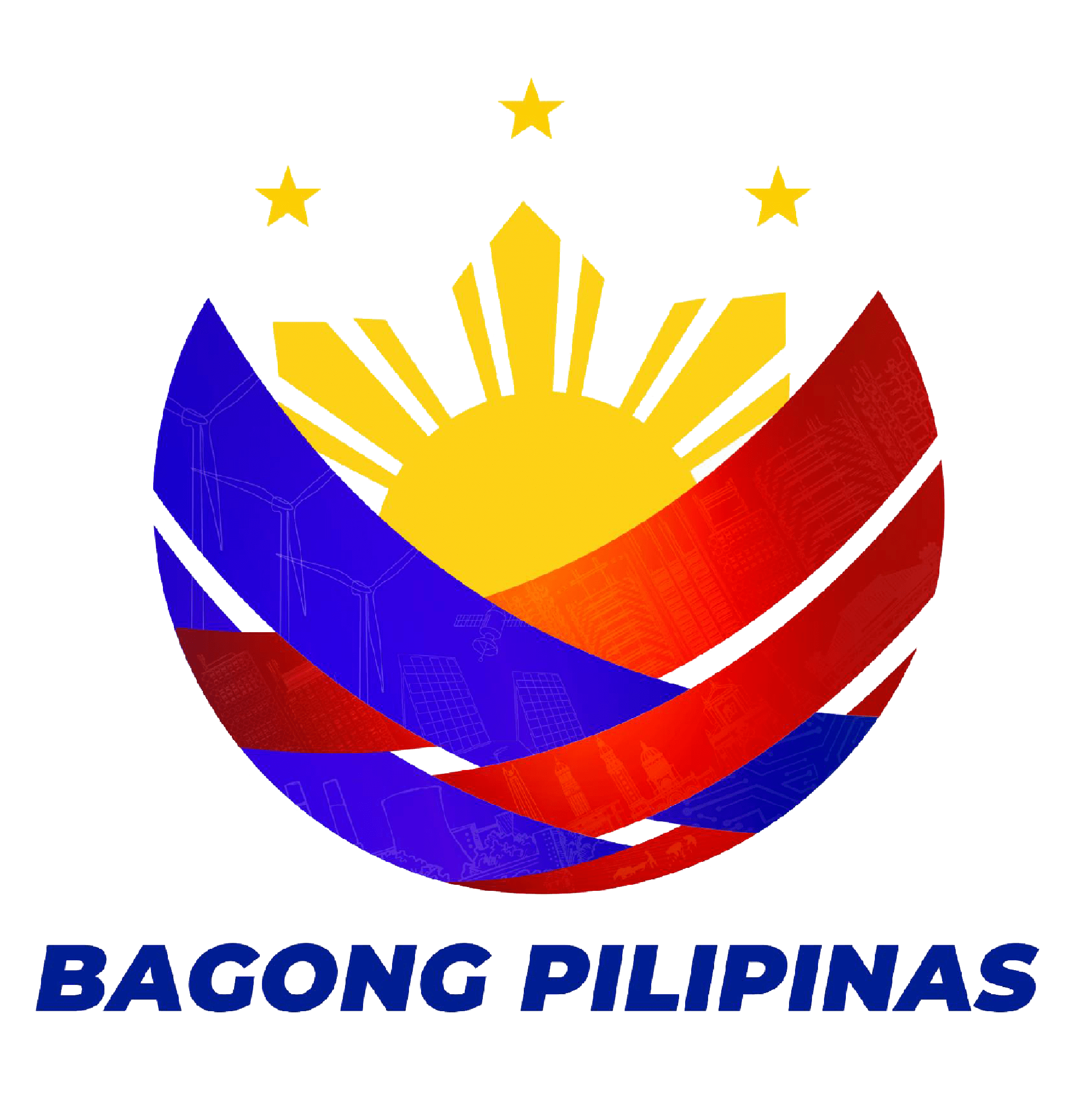By Heherson Valdez
The passion of Filipino inventors takes center stage as three innovations—DeBCC and DEGEN Cream, eHATID LGU, and the Smart Helmet—gear up to make waves at the prestigious Seoul International Invention Fair (SIIF) 2024 in South Korea. These inventions, designed to address critical health and safety challenges, showcase Filipino ingenuity and highlight their potential for global impact. As these innovations move closer to commercialization, they are set to transform lives locally and globally, reinforcing the Philippines’ position as a hub for innovative and sustainable solutions.
1. DeBCC and DEGEN: Herbal Cream Solutions for Skin Cancer and Wart Treatment
Inventiveness runs deep in the Dela Cruz family, following the footsteps of their father, renowned inventor Rolando C. Dela Cruz, the siblings have introduced solutions for two common yet challenging skin conditions—Basal Cell Carcinoma (BCC) and External Genital Warts (EGW)—through their inventions, DeBCC Cream and DEGEN Cream.
Raised in a family that deeply values creativity and resourcefulness, Lorena B. Dela Cruz-Chiu, Lelalee B. Dela Cruz–Alonte, Richard Dela Cruz, and Rommel Dela Cruz have continued their father’s legacy of making health innovations accessible to all. “Our father instilled in us the importance of solving real-world problems. He taught us the importance of rigorous research, the value of persistence, and the need for ethical considerations in developing new solutions,” Lorena shared.
Natural Solutions for Skin Cancer and Warts
The DeBCC Cream offers a non-invasive, all-natural alternative to treating Basal Cell Carcinoma (BCC), the most common type of skin cancer. Traditional methods like surgery or laser therapy often come with high costs, risks of infection, and significant recovery time. DeBCC Cream, however, is applied topically, effectively targeting cancerous cells while leaving healthy tissue unharmed.
Similarly, the DEGEN Cream addresses External Genital Warts (EGW)—a condition that can cause both physical discomfort and emotional distress. “We wanted to provide a solution that is effective yet gentle and easy to use,” Lelalee explained. “The cashew nut extract in DEGEN Cream helps eradicate warts while promoting natural skin healing, offering a stigma-free and non-invasive treatment option.”
The journey from concept to clinical trials was challenging, but with support from the Department of Science and Technology - Technology Application and Promotion Institute (DOST-TAPI), the inventors were able to transform their ideas into viable medical products. DOST-TAPI provided crucial assistance in research funding, patent application, and technical expertise.
“DOST-TAPI has been a constant partner in this journey. Their guidance and resources have allowed us to refine our products and ensure that they meet the highest standards of safety and efficacy. They also provide opportunities to participate in and compete at international invention expositions. This gives us a platform to connect with potential investors and learn about emerging trends in clinical solutions,” Lorena said.
With DeBCC Cream and DEGEN Cream nearing commercialization, Lorena and Lelalee envision a future where their natural, accessible treatments improve lives worldwide. “Our goal has always been to make a difference,” Lorena concluded.
2. Smarter and Integrated Local Health Information System (SMILHIS) - eHATID
In remote areas of the Philippines, healthcare systems face significant challenges, including limited connectivity, outdated infrastructure, and inefficient data management. However, one innovation aims to transform local health services: eHATID LGU, a digital medical records system designed to improve healthcare delivery in rural communities.
Invented by Jaztine A. Calderon, a graduate of the BS Development Communication program from the University of the Philippines Los Baños, and currently serving as the Gender and Development Officer at Ateneo de Manila University, eHATID LGU addresses these pressing issues by providing a user-friendly, offline-access solution for managing patient data in local government health centers. Calderon’s background in development communication, along with his experience in digital health initiatives, has shaped his approach to creating technology that truly serves the needs of the people.
“I was motivated by the challenges faced by healthcare workers in remote areas—many of whom still rely on paper-based records. eHATID LGU allows them to work efficiently even without an internet connection, making it an indispensable tool for rural health units," Calderon shared.
The system functions on smartphones and tablets, allowing healthcare professionals to manage patient records, submit reports to national agencies like PhilHealth, and make data-driven decisions—all without requiring constant internet access. This unique feature sets eHATID LGU apart from similar technologies in the market, making it ideal for Geographically Isolated and Disadvantaged Areas (GIDAs) where connectivity is often unreliable.
But eHATID LGU is only one part of the story. Calderon and his team also developed the SMILHIS LHIE (Local Health Information Exchange), which facilitates secure data sharing among different health facilities, further enhancing patient care coordination across the country. By integrating patient data from multiple clinics and hospitals, healthcare providers can access comprehensive medical histories, improving diagnosis and treatment, even when patients visit new facilities.
Empowering Rural Communities with User-Centered Healthcare Solutions
These inventions are not just a step forward in digital health—they are human-centered solutions for rural healthcare. One success story from Mindanao highlights the system's significance. Due to frequent power outages and poor internet connectivity, healthcare workers in the region faced constant challenges in maintaining medical records. However, with eHATID LGU, health data can still be collected offline and uploaded when connectivity is available. This flexibility ensures that healthcare delivery remains uninterrupted, even in the most challenging environments.
The development of eHATID LGU and its companion system, SMILHIS LHIE (Local Health Information Exchange), has been continuously supported by the Department of Science and Technology (DOST) through its Technology Application and Promotion Institute (TAPI). Calderon and his team acknowledge the crucial role of DOST-TAPI in helping bring the project into fruition. Through funding, technical assistance, and support in patent registration, DOST-TAPI has been instrumental in advancing the technology and ensuring its wider adoption.
"Government agencies like DOST-TAPI are vital in supporting Filipino innovators' participation in international invention expositions. Their funding helps gain global visibility, attract investors, and foster partnerships," said Calderon.
Looking ahead, the team is focused on expanding the system’s capabilities and integrating it with other public service platforms, particularly in areas like disaster response, social welfare, and community development. The vision is clear: to create a unified platform that can be used across various sectors of public service, enhancing efficiency and service delivery nationwide.
As Calderon aptly put it: "Success is not just about technology; it's about creating meaningful solutions that improve lives and contribute to a more sustainable and equitable future."
2. Smart Helmet: A Lifesaving Invention for Motorcycle Riders
In the fast-paced world of technology, innovation often begins with a simple question: How can we make life better and safer? For Peter John R. Bacani, a licensed Electronics Engineer and ICT teacher, and Miraleih S. Jaime, a college student from the province of Isabela, the answer came in the form of an invention — the Smart Helmet, the 2024 First Prize Winner of Sibol Award for Outstanding Student Creative Research - High School Level, designed to leverage motorcycle safety. As they reflect on their journey and the inspiration behind their creation, both inventors express a shared passion for using technology to make a positive difference in society:
“My motivation comes from a desire to make a positive impact in society. The potential to improve people’s lives through technology and innovation is a constant driving force for me,” Bacani shared.
"My motivation comes from a desire to improve people’s lives through technology. Knowing that inventions like the Smart Helmet can save lives and make roads safer for motorcycle riders drives me to continue innovating,” Jaime said.
The Smart Helmet is a response to the growing concern about road safety, particularly for motorcycle riders, who are highly vulnerable to accidents. Bacani identified key risks such as rider fatigue, alcohol consumption, and speeding—factors that often lead to accidents—and sought to design a solution that could mitigate these dangers.
A Multifunctional Life Saver
The Smart Helmet isn’t just a protective headgear; it’s a lifesaver for motorcycle riders. Equipped with sensors that detect fatigue, alcohol consumption, and speeding, the helmet can send alerts to the rider and emergency contacts, ensuring quicker responses in critical situations. It even boasts an anti-theft feature to protect both the helmet and the motorcycle itself. A companion mobile app allows real-time monitoring, adding a layer of convenience and security for the rider and their loved ones.
In simple terms, Bacani described the Smart Helmet’s function: “The helmet sends notifications when a rider is too tired or intoxicated, and it alerts family or emergency services in case of an accident. This all-in-one safety system significantly reduces the likelihood of accidents and helps ensure a faster, more efficient response during emergencies.”
The team is also focused on expanding the helmet’s features and refining its design, with plans for integration into smart city initiatives. Bacani envisions the Smart Helmet as a key player in the future of safety technology, with enhanced features like health monitoring and even smart traffic integration. He concluded, “In the next 10 years, I see the Smart Helmet becoming a global standard, not just for motorcycle riders but for anyone who values safety. We’re also exploring partnerships with governments and private sectors to scale the technology for wider use.”
As Bacani looks ahead, his mission remains clear: to create a safer world for motorcycle riders and contribute to the development of safety technologies that can save lives. The Smart Helmet stands as a byproduct of the Philippines' rallying cry for the recognition of homegrown innovation, and with continued support and collaboration from entities like DOST-TAPI, it is poised to make a significant impact on road safety in the Philippines and beyond.
Way Forward: SIIF 2024 and Beyond
The Seoul International Invention Fair 2024 offers an excellent platform for Filipino inventors to gain global exposure and recognition. For inventors like the Dela Cruz siblings, Jaztine Calderon, Peter John Bacani, and Miraleih S. Jaime, the event is not just an opportunity to showcase their inventions; it’s an opportunity to elevate Filipino ingenuity on the world stage.
“We are thrilled to represent the Philippines on this global stage. This is not just an opportunity to promote our products but to show the world that Filipino inventors can lead in addressing global health challenges” Lelalee said.
"We are excited to present eHATID LGU at the 2024 SIIF. This will be a great opportunity to connect with international partners, gain valuable feedback, and explore potential collaborations that will allow us to scale the project and reach more communities," Calderon shared.
Bacani shared similar sentiments, saying, “We’re looking forward to presenting the Smart Helmet at SIIF. It’s an excellent platform to connect with potential partners, investors, and innovators from around the world. We hope this will be a stepping stone to bringing our innovation to the global market.”
As these inventions edge closer to commercialization, their participation in SIIF 2024 highlights the transformative impact of Filipino ingenuity on global markets. With continued support from entities like DOST-TAPI and other attached agencies of DOST, the Philippines is poised to solidify its position as a hub of impactful, world-class inventions.
The journey and milestones of these inventors inspire a broader vision for the country’s innovation ecosystem, paving the way for future generations to redefine what it means to be global trailblazers.
** This article is part of the "SPICE: Science and Technology Promotion for International Contest and Exhibits" campaign for the Seoul International Invention Fair – SIIF 2024. For more information and event updates, please visit the DOST-TAPI website at www.tapi.dost.gov.ph.**

